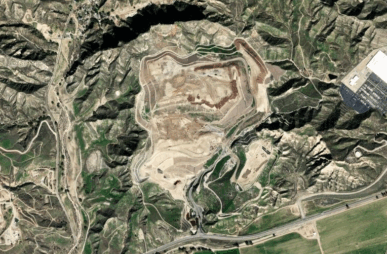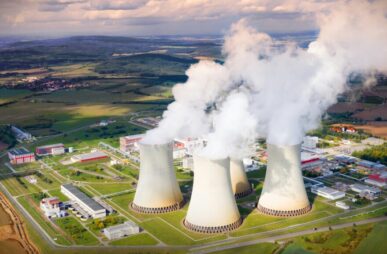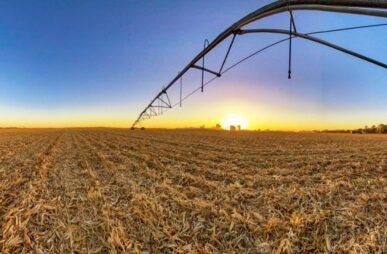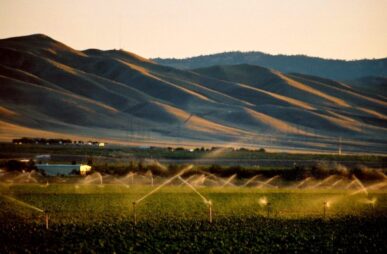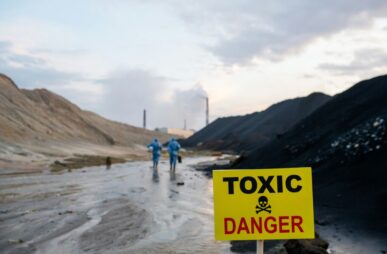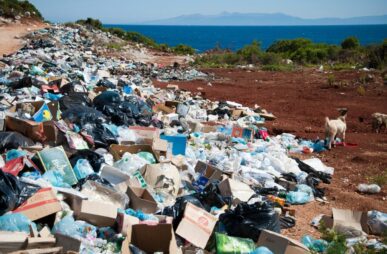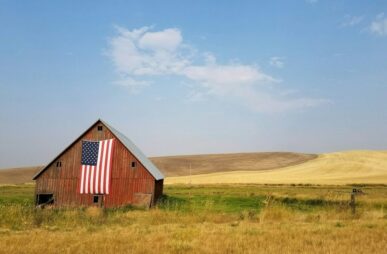Postcard from California: The ‘literal dumpster fire’ burning under an LA suburb
In a canyon 40 miles north of downtown Los Angeles, a fire is smoldering. Unlike the forest fires that erupt every year in Southern California, this fire is 30 feet underground. It’s been spewing toxic gases for three years, with no end in sight.
